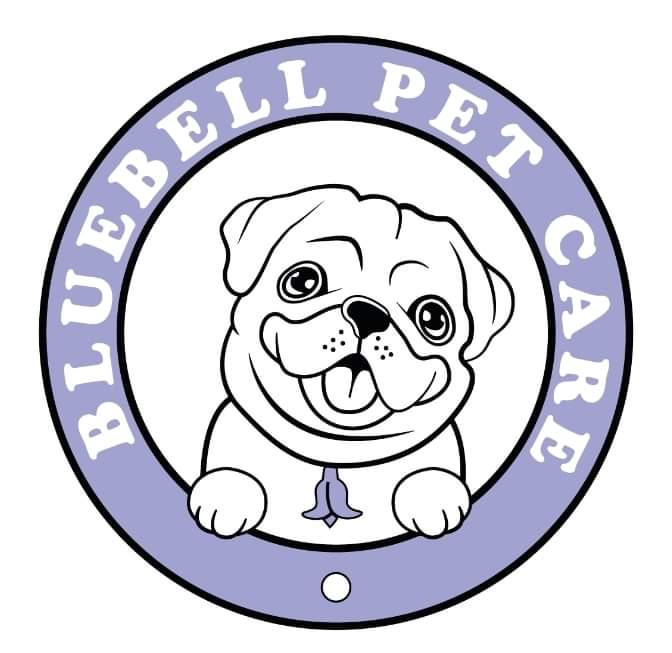Why We Don’t Check for a Pulse Before Starting CPR in Dogs and Cats
- Aubrey Oiller

- Apr 21
- 2 min read

To check or not to check. I see it a lot on social media. Well, I am here to clear it up and bring you an answer!
When a dog or cat collapses and is unresponsive, every second counts. The 2024 RECOVER Guidelines—the gold standard for dog and cat CPR—recommend starting chest compressions immediately without checking for a pulse.
Here's why:
Pulse Checks Can Delay Life-Saving Action
In small animals, detecting a pulse can be challenging, even for experienced professionals. Attempting to find a femoral or apex pulse can waste precious time, delaying the initiation of chest compressions. The RECOVER Guidelines emphasize that in cases of apnea (no breathing) and unresponsiveness, CPR should commence without attempting to palpate/feel for a pulse. See the full RECOVER research in the Wiley Online Library .
Immediate Action Improves Outcomes
The sooner CPR begins, the better the chances of survival. Delays in starting chest compressions can lead to decreased oxygen delivery to vital organs, reducing the likelihood of a successful resuscitation. By eliminating the pulse check, responders can focus on delivering high-quality chest compressions promptly.
Simplifying the Protocol Enhances Response
In emergency situations, a straightforward approach is crucial. The updated guidelines advocate for initiating CPR in any unresponsive, non-breathing animal without pausing to assess for a pulse. This simplification helps ensure that critical interventions are not delayed by potentially unreliable assessments.

Conclusion
If a dog or cat is unresponsive and not breathing, don’t lose time trying to check for a pulse. The latest RECOVER Guidelines are clear: begin chest compressions straight away. Pulse checks can be unreliable and cause critical delays in starting CPR. Acting quickly, confidently, and in line with evidence-based protocols gives the best possible chance of survival. Whether you’re a pet business professional or a trained pet owner, knowing when not to hesitate is just as important as knowing what to do.
Want to learn more and be a certified pet first aider? Check out our classes in person as well as virtual options!



Comments